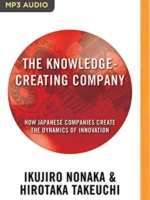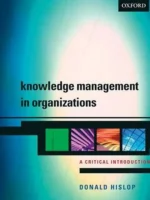Knowledge Management in Theory and Practice Review
Knowledge Management in Theory and Practice by Kimiz Dalkir is a comprehensive KM handbook: models, processes, and tools to capture, share, and apply organizational knowledge. It balances classic theory with templates you can implement.
Overview
The book covers KM cycles, SECI and other models, taxonomy and content management, communities of practice, lessons learned, after-action reviews, expertise locators, and measurement. It ties people, process, and technology into one operating system.
Summary
Dalkir walks through the knowledge life cycle: create/acquire, capture/codify, share/transfer, apply/measure. You get methods for eliciting tacit know-how, building repositories and ontologies, setting governance, and running communities. Case studies illustrate success factors: leadership support, incentives, and integration with workflows, not side portals.
Authors
Kimiz Dalkir is a KM scholar and practitioner. The writing is structured, with checklists, frameworks, and implementation steps.
Key Themes
Blend tacit and explicit strategies; design taxonomies that mirror work; embed KM in processes and tools; measure outcomes via reuse, cycle time, and capability growth.
Strengths and Weaknesses
Strengths: breadth, clear process models, and practical templates. Weaknesses: lighter treatment of modern AI/LLM tooling and social dynamics at scale; some cases are traditional enterprises.
Target Audience
KM leaders, PMOs, HR/L&D, engineering and research managers, and consultants tasked with setting up or auditing KM programs.
Favorite Ideas
After-action reviews with tight loops; expertise directories seeded from real work artifacts; taxonomy as a living product; metrics that track reuse and decision speed.
Takeaways
Make KM part of the work, not an extra chore. Build cycles, not vaults. Start with use cases, design taxonomies and communities around them, and measure value in outcomes, not page counts.









